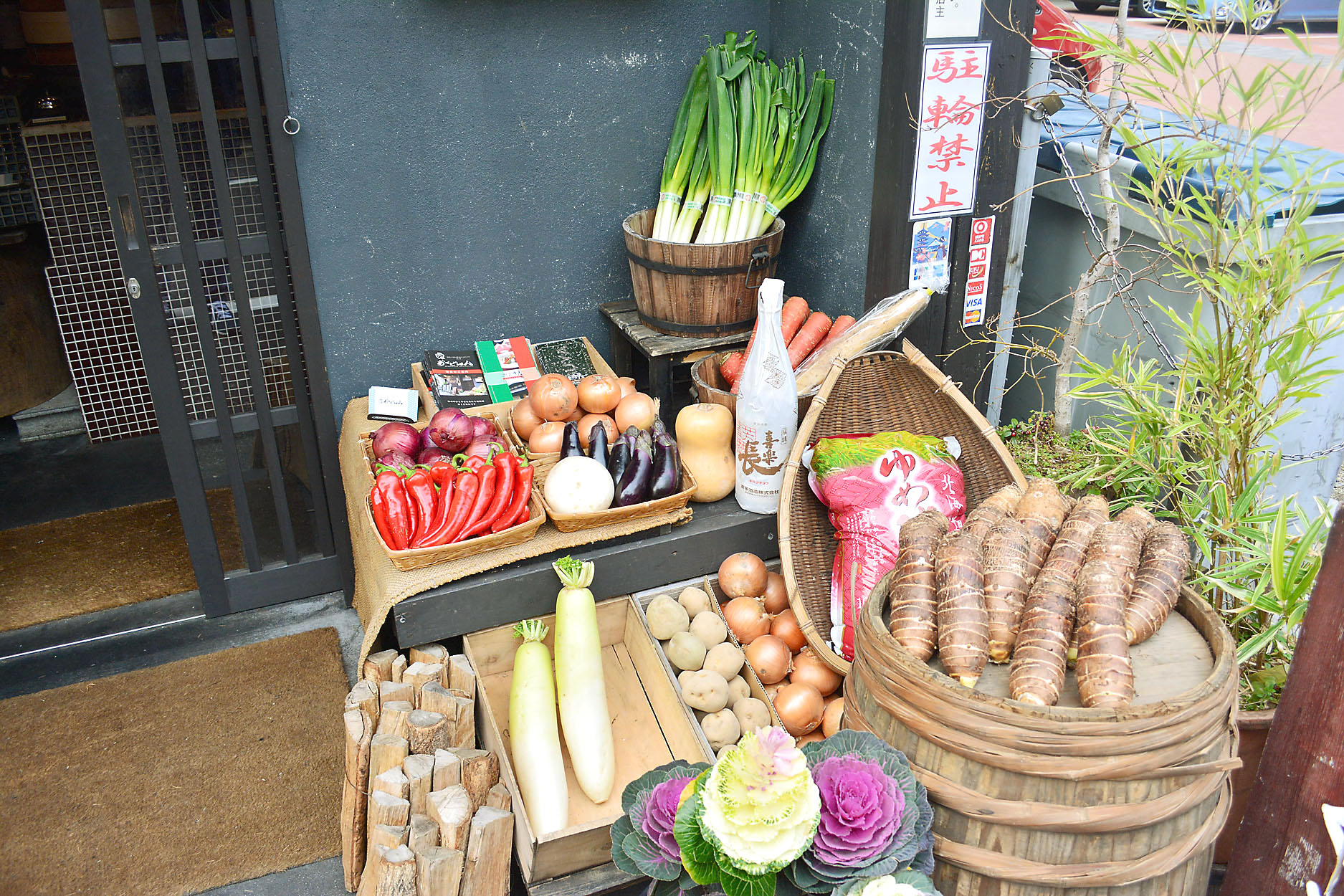In the hierarchy of Kyo ryōri, or Kyoto cuisine, obansai is at the bottom. Essentially it is home cooking that has wound its way from the homestead to the restaurant. At Okudohan it remains uncomplicated and comforting — as it should be.
Okudohan is housed in an old machiya, those curious wooden city dwellings that are to Kyoto what the shotgun house is to New Orleans, an endemic and endangered reminder of the past. In a pleasant unorthodoxy the menu is a choreographed still life on the street; kabocha squashes, eggplants, onions, daikon and rice are arranged in baskets by the door waiting to be eaten, painted or Instagrammed.
Inside, while you take off your shoes (in keeping with tradition when entering a Japanese home), be sure to ask the staff for a look inside the old-style wood-burning rice cookers (the doku or odokuhan, as they are called in Kyoto) from which the restaurant gets its name. The rice and how it is cooked is one of Okudohan's selling points.


















With your current subscription plan you can comment on stories. However, before writing your first comment, please create a display name in the Profile section of your subscriber account page.